Alec Becker
Product Manager, Microsoft
This browser is no longer supported.
Upgrade to Microsoft Edge to take advantage of the latest features, security updates, and technical support.
Every week starting December 1, 2022 through June 22, 2023 (24 episodes)
This weekly series will answer your questions live and walk through how to build infrastructure solutions with Azure IaaS services and products. Start maximizing the value of your IT investments by learning about highly secure, available, and scalable cloud services. Modernize your IT with an enterprise-grade cloud infrastructure and migrate your apps with confidence.
Join us for this live learning experience where you will be guided by subject matter experts through the Learn modules below in real time along with developers around the globe. Earn badges, prepare for certifications and Learn Live with a great community! See you there :)
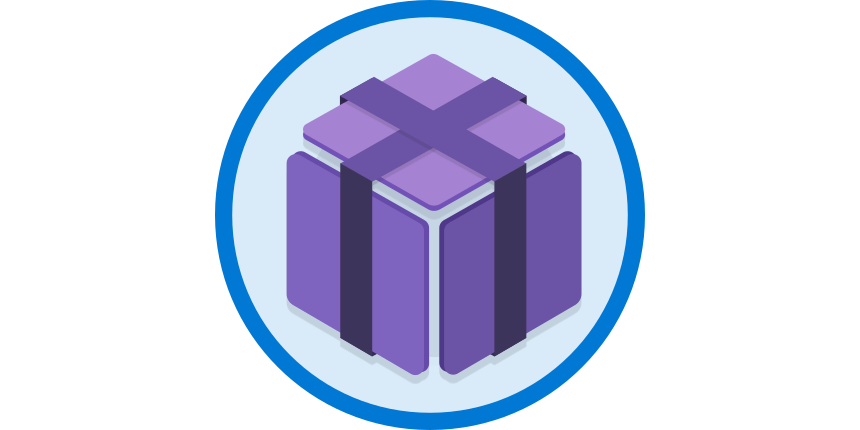
Learn about the decisions you make before creating a virtual machine, the options to create and manage the VM, and the extensions and services you use to manage your VM. In this episode, you will:

In this module, we discuss how to create a Linux virtual machine using the Azure portal. In this episode, you will:
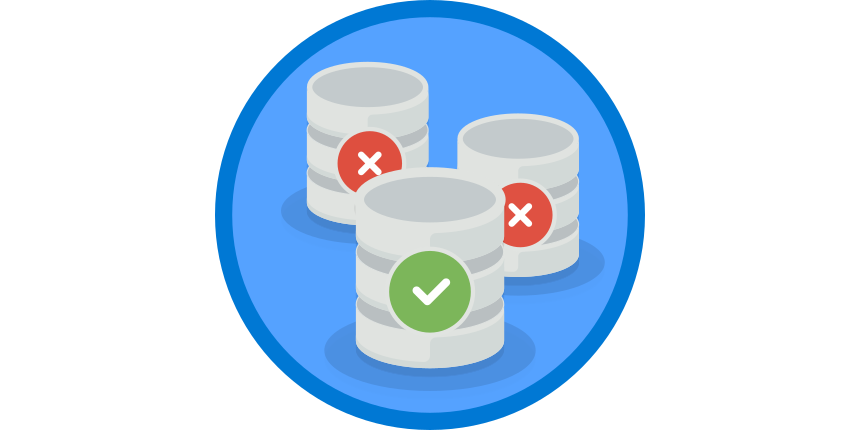
Azure provides a variety of disk storage options for virtual machine workloads. Identify the features of capabilities of each type to ensure your application performs optimally. In this episode, you will:
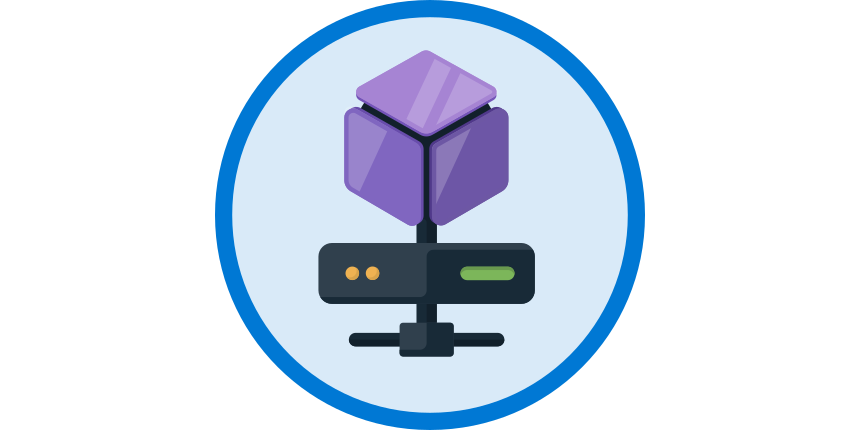
Learn how to configure networking in a secure way for your Azure virtual machines. In this episode, you will:
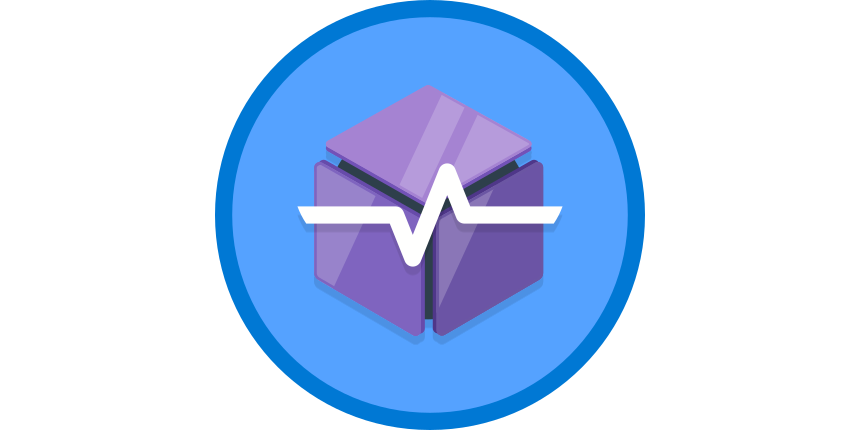
Evaluate monitoring options for an Azure virtual machine (VM). Enable diagnostics to get data about your VM. View VM metrics in Azure Metrics Explorer. Create a metric alert to monitor performance. In this episode, you will:

In this module, you'll learn about some of the different storage options that are available in Azure Storage services, and the scenarios in which each storage option is appropriate. As you complete the individual units in this module, you'll learn about Azure Blob Storage, Azure Disk Storage, Azure Files, and Blob access tiers. Then, create an Azure Storage account with the correct options for your business needs. In this episode, you will:

You can access your data from Azure Blob Storage by using different protocols such as representational state transfer (REST), Hadoop Distributed File System (HDFS), Network File System (NFS), and Secure File Transfer Protocol (SFTP). In this episode, you will:
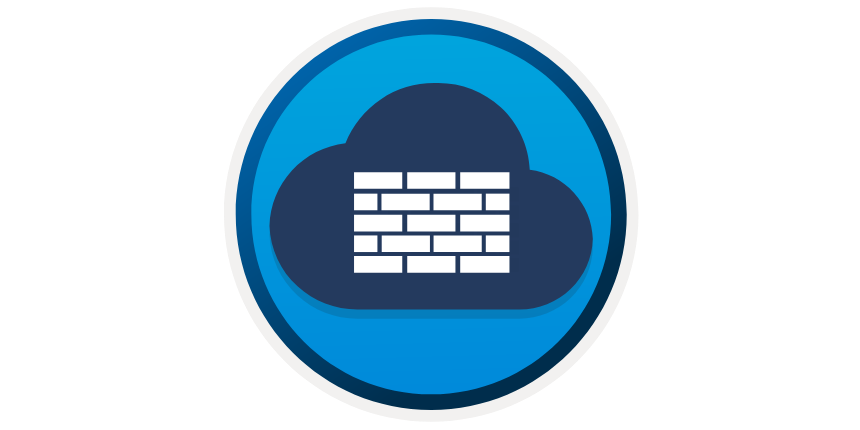
Describe how Azure Firewall protects Azure Virtual Network resources, including the Azure Firewall features, rules, deployment options, and administration with Azure Firewall Manager. Then describe whether you can use Azure Firewall Manager to provide central security policy and route management for your cloud-based security perimeters. Evaluate whether Azure Firewall Manager can help secure your cloud perimeters. In this episode, you will:

Discover the tools available to detect and correct problems with your Azure Storage to enable your cloud storage infrastructure to operate at peak performance. In this episode, you will:

Describe how the low latency and high availability of Microsoft Azure NetApp Files work to provide on-premises-like performance for cloud workloads. Determine the types of file-based workloads that are suitable for migration to Azure NetApp Files. In this episode, you will:
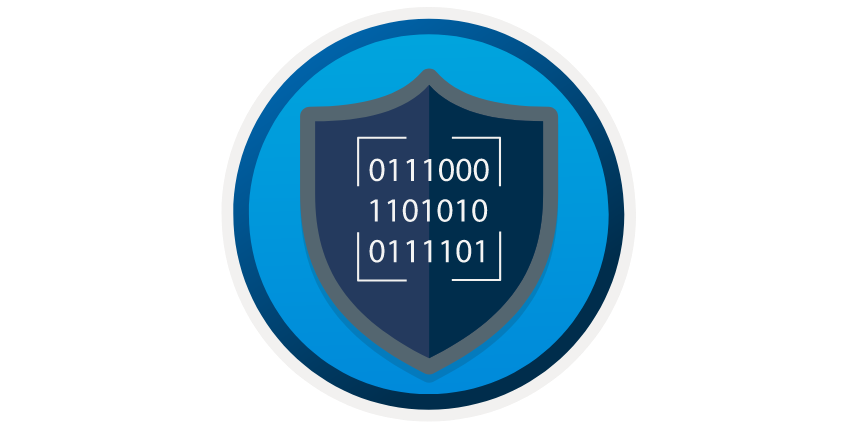
Learn how to guard your Azure services from a denial of service attack using Azure DDoS Protection. Then, describe how Azure Web Application Firewall protects Azure web applications from common attacks, including its features, how it's deployed, and its common use cases. In this episode, you will:
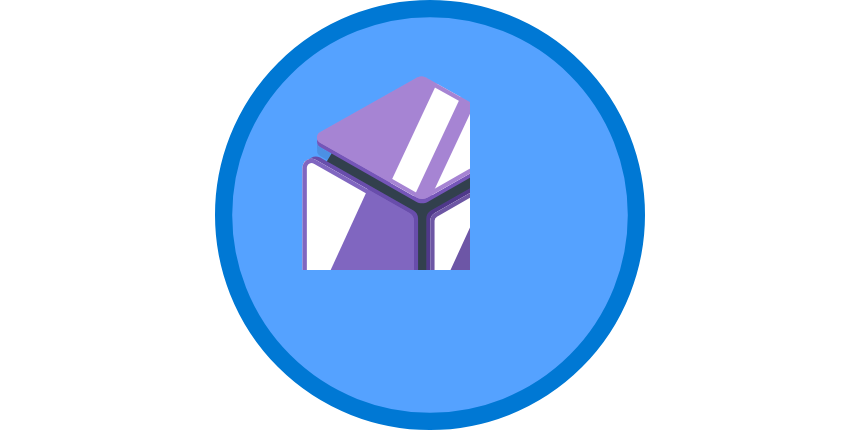
Use Azure Backup to help protect the data for on-premises servers, virtual machines, virtualized workloads such as SQL Server or SAP HANA running in Azure VMs, Azure file shares, and more. In this episode, you will:
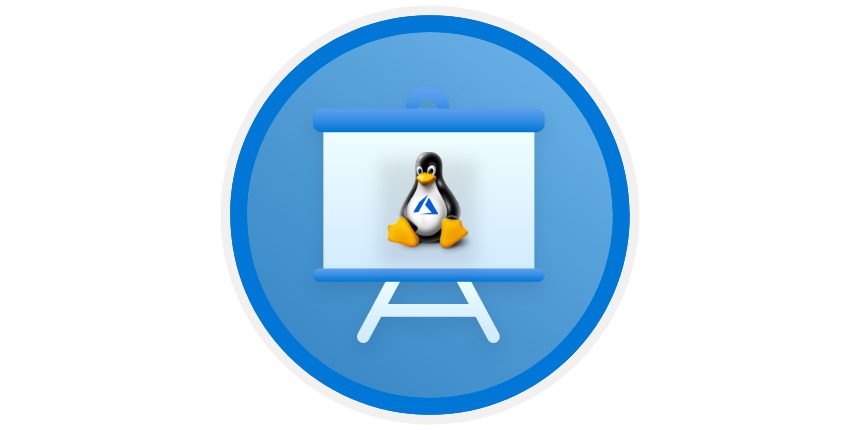
Discover the unique benefits of running Linux on Azure, and how to run Linux-based applications and workloads in the cloud with Azure. Then you'll learn about the issues and considerations for migrating on-premises open-source databases to Azure, the services that Azure provides to help you migrate your databases, and how to plan a migration. In this episode, you will:
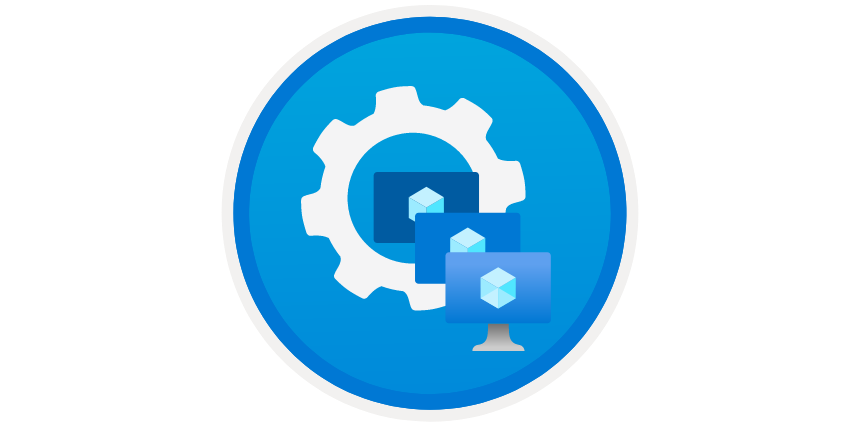
Learn how to configure virtual machine availability including vertical and horizontal scaling. In this episode, you will:
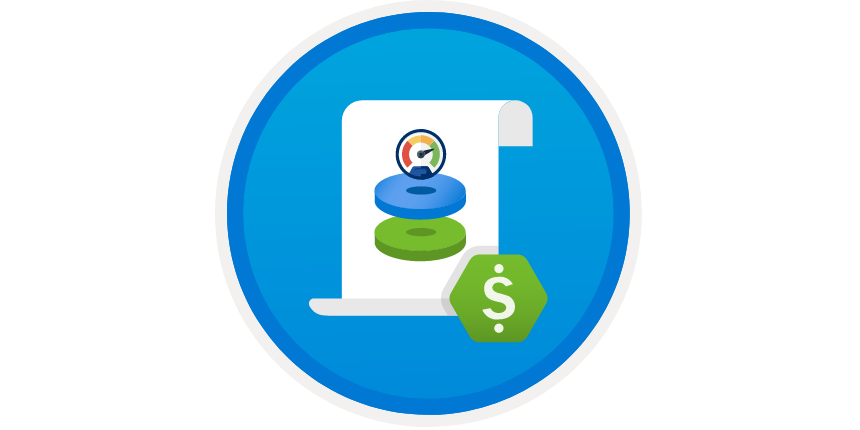
Azure Disk Storage offers a range of disk types and capabilities that you can use to optimize application performance and costs in specific scenarios. In this module, you'll learn more about how disk performance works and identify Azure Disk Storage capabilities and performance-scaling options. In this episode, you will:

Learn about what Azure virtual machine scale sets do, how they work, and when you should choose to use Azure virtual machine scale sets as a solution to meet your organization's needs. Then enable your application to automatically adjust to changes in load while minimizing costs with virtual machine scale sets. In this episode, you will:
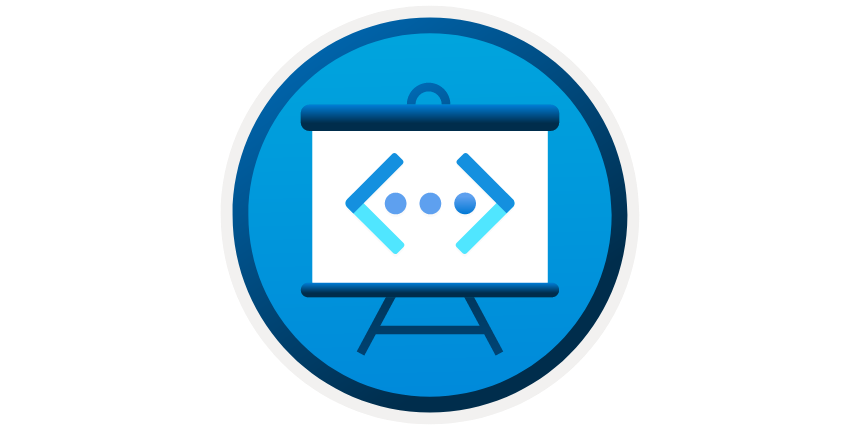
You'll learn how to design and implement fundamental Azure Networking resources such as virtual networks, public and private IPs, DNS, virtual network peering, routing, and Azure Virtual NAT. In this episode, you will:
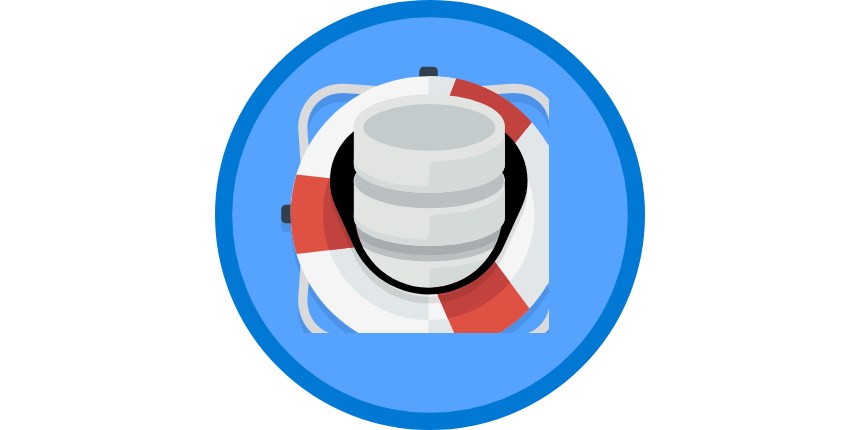
Provide disaster recovery for your Azure infrastructure by managing and orchestrating replication, failover, and failback of Azure virtual machines with Azure Site Recovery. In this episode, you will:
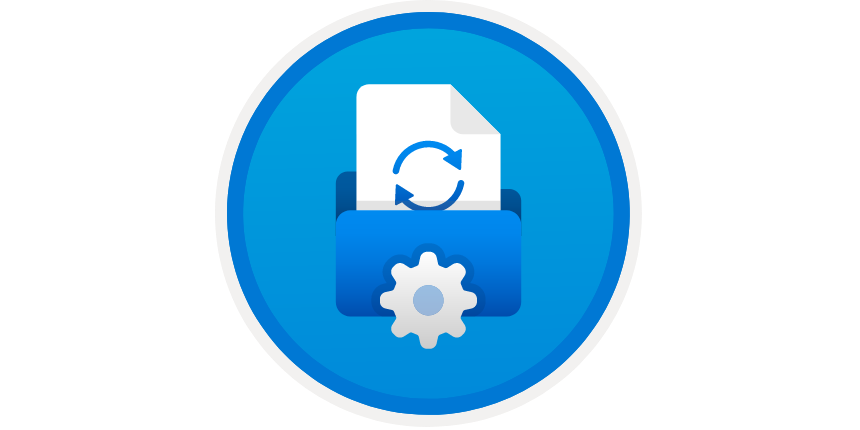
Learn how to configure Azure Files and Azure File Sync. In this episode, you will:

This module helps you understand Microsoft Azure confidential computing concepts for virtual machines, including confidential virtual machines and application enclaves, and which approach to use. In this episode, you will:
Product Manager, Microsoft
Senior Product Manager, Microsoft
Technical Trainer, Microsoft
Senior Cloud Advocate, Microsoft
Product Manager, Microsoft
Product Manager, Microsoft
Principal Group PM Manager, Microsoft
Principal Product Manager, Microsoft
Program Manager, Microsoft
Senior Program Manager, Microsoft
Microsoft Technical Trainer, Microsoft
Senior Product Manager, Microsoft
Technical Trainer, Microsoft
Principal Program Manager, Microsoft
Product manager, Microsoft
Cloud Architect, Microsoft MVP, APENTO
Product Manager, Microsoft
Senior Cloud Advocate, Microsoft
Senior product manager, Microsoft
Senior Program Manager, Microsoft
Product manager, Microsoft
Product manager, Microsoft
Senior Product Manager, Microsoft
Senior Product Manager, Microsoft
Product Manager, Microsoft
Senior Product Manager, Microsoft
Program Manager, Microsoft
Senior Product Manager, Microsoft
Principal Pdm Manager, Microsoft
Principal Program Manager, Microsoft
Senior Product Manager, Microsoft
Senior Program Manager & Chief Evangelist Azure Hybrid, Microsoft
Microsoft Technical Trainer, Microsoft
Senior Program Manager, Microsoft
Complete the Learn module
Complete the Learn module
Complete the Learn module
Complete the Learn module
Complete the Learn module
Complete the Learn module
Complete the Learn module (2)
Complete the Learn module
Complete the Learn module
Complete the Learn module (2)
Complete the Learn module
Complete the Learn module
Complete the Learn module
Complete the Learn module (2)
Complete the Learn module
Complete the Learn module
Complete the Learn module (2)
Complete the Learn module
Complete the Learn module
Complete the Learn module
Complete the Learn module (2)
Complete the Learn module
Complete the Learn module
Complete the Learn module
Complete the Learn module
The event is free! You can join YouTube to stream the content for free!
Every week starting December 1, 2022 through June 22, 2023
Yes! You can stream our past events anytime! Browse all Learn Live to stream anytime.
This event series is virtual! Join us and thousands of others to enjoy the experience from the comfort of your own home, office, or device.
This show is delivered in English. Captioning in 14 different languages will be available in the recordings, made available 48 hours after each live show at Learn Live.
We seek to provide a respectful, friendly, professional experience for everyone, regardless of gender, sexual orientation, physical appearance, disability, age, race or religion. We do not tolerate any behavior that is degrading to any gender, race, sexual orientation, or disability, or any behavior that would be deemed harassment or discrimination. Individuals are responsible for knowing and abiding by our standards and we encourage everyone to assist in creating a welcoming and safe environment. Additionally, we strive to treat our shared planet with the same amount of respect. Please report any questions, concerns, or disruptive activity or behavior to the organizing team, so that we can address the issue immediately.